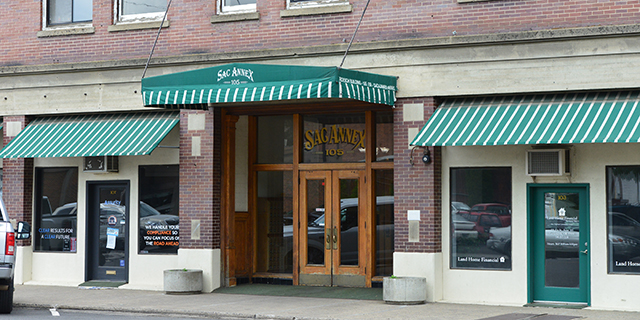Unemployment rate in Oregon falls to 4.7%
Published 9:00 am Wednesday, October 20, 2021
SALEM — Oregon’s jobless rate continued falling last month, dipping to 4.7%, according to new state data out Tuesday, Oct. 19.
That’s down from a revised figure of 5.0% in August and reflects an economy that has enjoyed a dramatic recovery from the pandemic’s early days, when unemployment hit a record 13.2%. The state’s jobless rate has only occasionally been this low during
the 45 years for which Oregon has comparable records.
Yet Oregon shed 200 jobs in September, compared to an average monthly gain of more than 10,000 jobs during the first eight months of 2021.
“The jobs picture looks really different from one sector of the economy to the next,” said Gail Krumenauer, economist with the Oregon Employment Department. While the state’s business services and hospitality sectors each added more than 2,000 jobs, the number of government jobs fell by 3,800.
The decline in government work was caused by schools hiring fewer workers than they usually do at the start of the academic year, according to the employment department. Construction employment fell, too. The slowdown in job growth reflects employers’ struggles to find staffers and to grow their work force.
Businesses in Oregon and across the country are enduring a pronounced labor shortage. The number of job openings in the state has been soaring, even as the number of Oregonians on the jobless rolls has plunged.
To a large degree, that’s because the economy’s rapid reopening created immense difficulties in matching job openings with potential hires.
Many people changed fields during the pandemic, especially at restaurants and in other businesses that were shuttered by health restrictions early in the pandemic. That means employers can’t simply hire back the workers they lost in the spring of 2020.
Other factors are at work, too, among them an acute shortage in child care options and ongoing fears of COVID-19 infection. Some workers are evidently being choosy about when, or whether, to return to work after accumulating savings thanks to federal stimulus payments and strong investment returns on Wall Street.
The worker shortage has increased paychecks. Oregon’s average, hourly, private- sector wage was $30.74 last month, the equivalent of $64,000 annually for a fulltime worker. That’s up 11% from February 2020.
Many workers don’t earn as much annually as their hourly wage would suggest because they don’t work full time, or don’t work all year.
While higher wages are always welcome, the worker shortage is constraining the economic rebound by limiting production. That, in turn, pushes up inflation as businesses and consumers vie for scarce products.









